Nick Kivi: Student Report from 2015 Alternative Winter Break in Peru
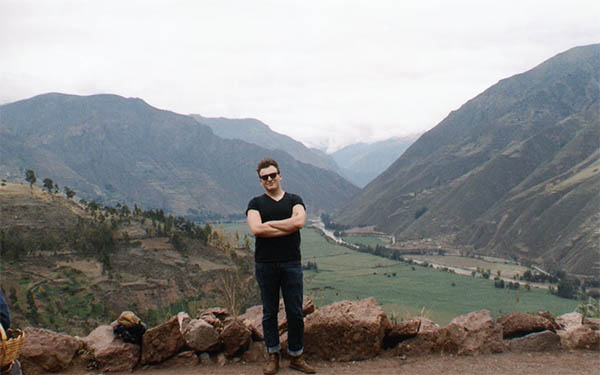
An easy pitfall to succumb to while travelling is trying to find what’s “real.” Trying to find the “real” Peru. The “real” Cusco. The concept of a country having one singular defining characteristic is really quite a silly idea when you think about it. Can you define the real America? Is it a farmer in Kansas waking up at the tick of dawn to go toil in the grain fields? Or is it a foreign tourist coming to NYC for New Year’s Eve? You could make an argument for both (or neither, I suppose). There are a million different microcosms within America, and I suspect there might be a million more in Peru. I did not see the real Peru because if such a thing exists, its existence is not intended for some pallid Midwestern güero anyways. I was never going to find the real Peru.
The trip was based around working in rural communities to build ceramic stoves with chimney designs. The chimneys would help alleviate the smoke that gets trapped in houses during cooking, which has caused a tremendous increase in reported lung cancer cases. By helping communities build stoves, the hope is that long-term cancer rates and other respiratory ailments will begin to drop. So much of the work involved dirty hands, arms, legs, heads, necks, so on and so forth that bringing a camera to the worksite had me feeling a little anxious. Other blogs will cover this in depth. These pictures are much more frivolous.
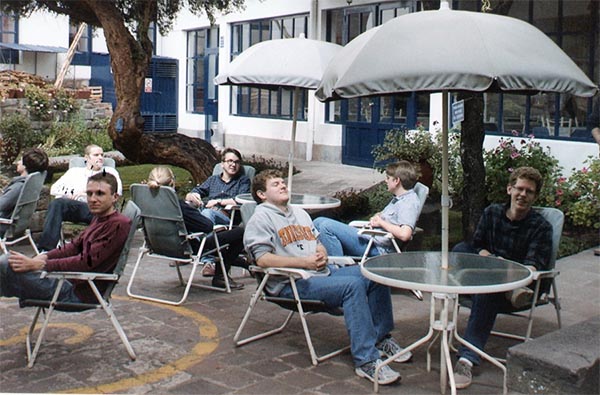
I should consider myself lucky. On my flight down to Cusco, I had two long layovers in Atlanta and Mexico City, giving me ample time to explore the airports. Everyone else wasn’t so lucky. They finally made it to Cusco in the earliest hours of the morning, so by the time I arrived later everyone else sat in the courtyard deadened by the 24 continuous hours of travel. I think that this is most distinguishable by the three people in the forefront: Evans sitting in the middle, blissfully asleep; Connor on the right, laughing in one of those dazed stupors that normally follow our materials science exams; and Max on the left, who didn’t yet know me.
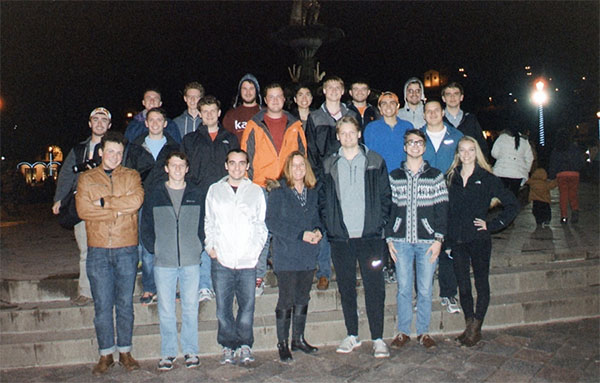
Once everyone came to later that day, our guide Arturo took us all out for roasted chicken and the best french fries I’ve ever had. Peru continually took their own food and combined it with other cultures and rendered the previous culture useless (see: Chiva, hamburgers, etc.). This picture was taken in La Plaza de Armas, historically one of the main centers of the City of Cusco, and definitely the most tourist-centric part of town. Everyone looks happy to be there yet since we’ve all only known each other for all of six hours, everyone is smiling but looks slightly uncomfortable. This would change by the end of the trip. If there’s one way to get to know a group of people way more than you ever thought you could (or wanted to), go to a different continent with them.
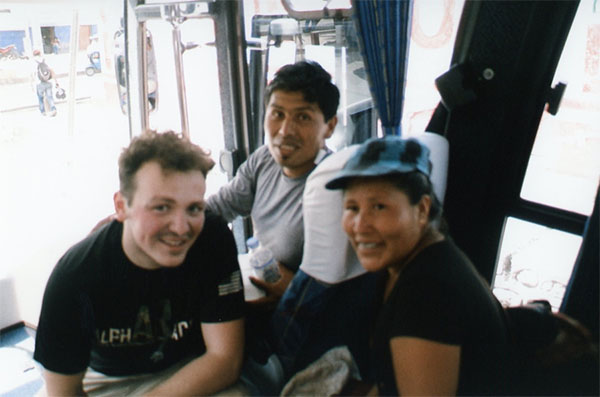
Ober and Ernestina were our two helpers out in Huaran, in the Urubamba Valley; they showed us how to build the ovens and helped us along the way. Not many people in our group spoke Spanish, so when we split off into our little building teams, it was often me talking to Ober and Ernestina. We got along really well (or, at least, I thought so). I noticed a blind, unequivocal American hope that every person we encounter in our travels will like us and be our friend. It’s often completely false, but not here.
Ernestina was one of the most terrifically strong and determined women I have ever met in my entire life. On our last day without even talking, we were just looking for something to do and we didn’t even know she was doing this at the time, she bought a duck from a farmhouse right next to where we were, because the fowl just run around. And then she captured it by just running it down and grabbing it and shoving it into a burlap bag and just threw it over her shoulder. As we plodded to the next site, we jumped when the burlap bag exploded in flurries of whatever the duck equivalent of jabs and right hooks are.
Ober was really fantastic, too. I probably got to spend more time with him; we had an impromptu soccer match with some of the local children, and afterwards Ernestina said my Spanish was good. It was my proudest moment of the trip.
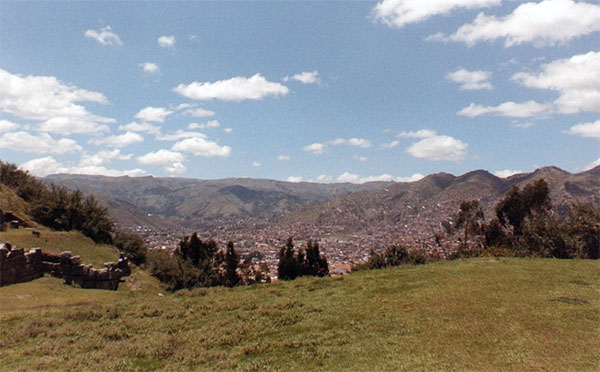
Skyscrapers are such an American thing. I’ve always preferred cities that follow the landscape; amalgamate themselves into it and contour to the peaks and valleys of the geography surrounding it. I think that’s why I like Cusco so much. If you’re staring at the wrong angle, Cusco kind of disappears. It’s vibrant and full of life, but it doesn’t show off that. At least not from a distance.
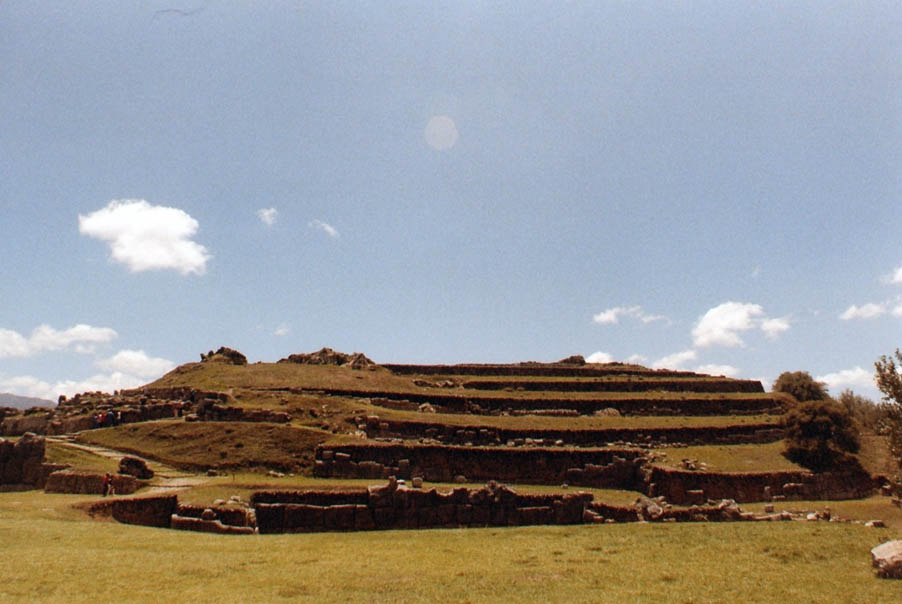
They told us at this site, Saqsayhuaman, that after the Spaniards slaughtered the Incas the falcons feasted on the bodies for days. They gorged until they were full and fat of death and they started squawking in delight. In the Quechua language, that’s how Saqsayhuaman gets its name. There’s not a lot of love for Pizarro here. I suppose that the scars of the conquistadors are still pretty fresh. This would be a common thread throughout our trip. It was hard to balance the tragedy with the grandeur of the view. Perú is nothing if not resilient in the face of this history. Just look at how they have bounced back since the atrocities of the Shining Path in the 1980s. Now you can more easily imagine how they responded 500 years after the conquistadors. Even our tour guides walked around proud, laughing along with us.
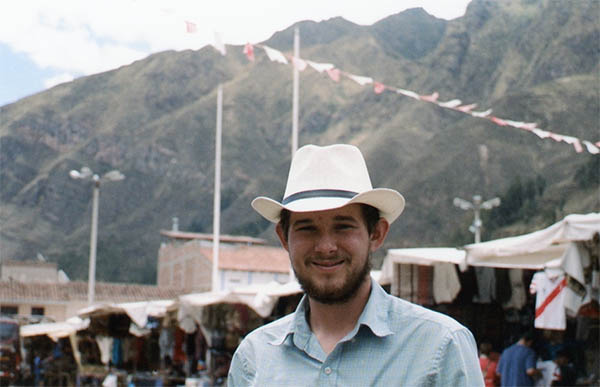
On our first day exploring, Andrew bought a cowboy hat from one of the street vendors. We all thought it would be a disaster. We were wrong. We thought he would look like Yosemite Sam and he ended up looking like Clint Eastwood. Well done!
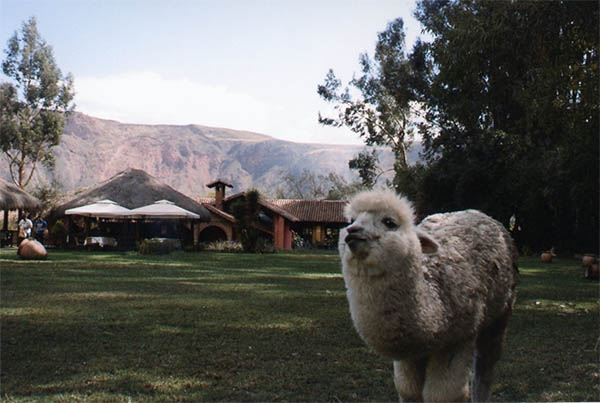
I named this lil’ pup Jeff. He’s got all the typical Jeff-like qualities: he eats grass, he lives in his backyard, he’s covered in fur that will be made into terrific sweaters you can buy for your grandparents. Definitely a Jeff. Moving on.
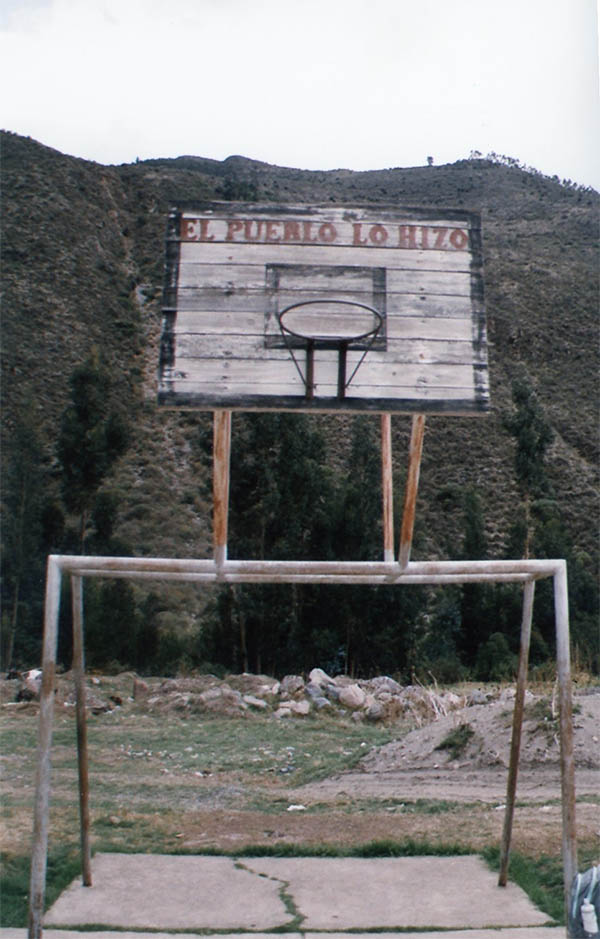
“El Pueblo Lo Hizo” translates to “The community built this.” My impression of Huaran was a much tighter community than the ones I was accustomed to thousands of miles northbound. People seemed to help each other out more. Many of the stoves were community-based; they served several houses. “El Pueblo Lo Hizo” actually was a political rallying cry for Fernando Belaúnde Terry. Terry was a two-term populist president in the 1960s and 1980s, interrupted by military coups that were so dernier cri in the mid-20th century all throughout South America (much to the dismay of the thousands of families shattered in their wake). Terry used the saying as a way of rounding up support in rural villages, like here on the basketball hoop-via-football net.
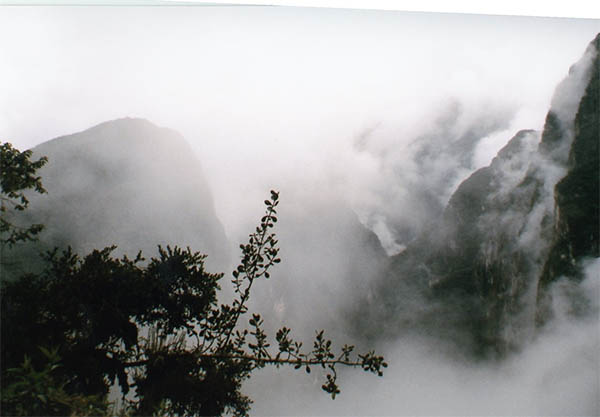
It’s a really subtle thing, but something I noticed that struck me about the Andes and about the Sacred Valley is how the mountains start. I grew up in a very flat part of the midwest before moving to the rolling Appalachians of Knoxville. But the Andes were completely different than east Tennessee. In the valley between peaks, it was so flat you could drop a golf ball and I doubt it would roll anywhere. Yet you could just walk over and pinpoint the exact spot where the mountain just shot up like a vector. These were Cusco’s skyscrapers. Why build anything breathtaking? What’s the point in distracting the eye from this?
On the road to Machu Picchu, too, my favorite part was how cloudy and hazy it was. The clouds made the mountains look endless, like a ceiling on it, but you knew that everything kept on going.
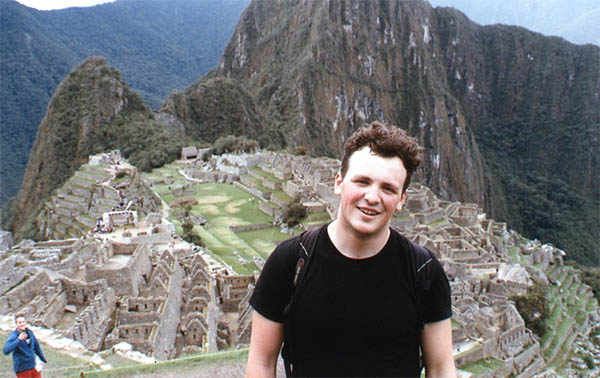
If I look amazed, well, that’s because I was. The pictures do a better job than I could ever do describing it. It was aggressively beautiful, it attacked me, punched me in the sternum and didn’t let up until I stopped and gazed out, in awe. Words often fail me in times of wonder.
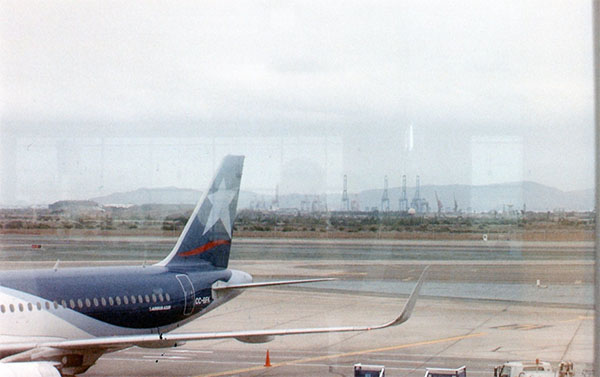
Word to the wise – wear lots of sunscreen at Machu Picchu. The camera strap (that allowed all of these pictures), wore out the thin layer I had applied. My fellow pasty-white brethren will understand the feeling of waking up the morning after a horrible sunburn; it’s as if the core of your being irradiated outwards to find someone smart enough to wear SPF-50 at 14000 feet (or better yet, someone who didn’t need it at all). I had planned a whole day in Lima, but by the time I got there early that morning there was simply nothing left in the tank. I had hit the lowest of the lows already when they told me I couldn’t check in for another 10 hours. I slept on the comforting cement of Jorge Chavez airport, sleeping away the day corpse-fully and interstitially striking up conversations with European couples flocking back many miles further than me. When you take away all the normal social lifelines (like phones, internet, chairs, seats, etc.) there’s not much else to do but nap and learn every minute detail about a stranger’s life. Even when feverous and delirious, there is a great deal of comfort in sharing a struggle with others. The wide breadth of humanity provides infinite examples to be inspired if you’re willing to shut up and listen sometimes. I suppose that is the lesson I learned the most, travelling this go-round: look, listen, and exist intently with purpose. This is where we stand to gain the most.